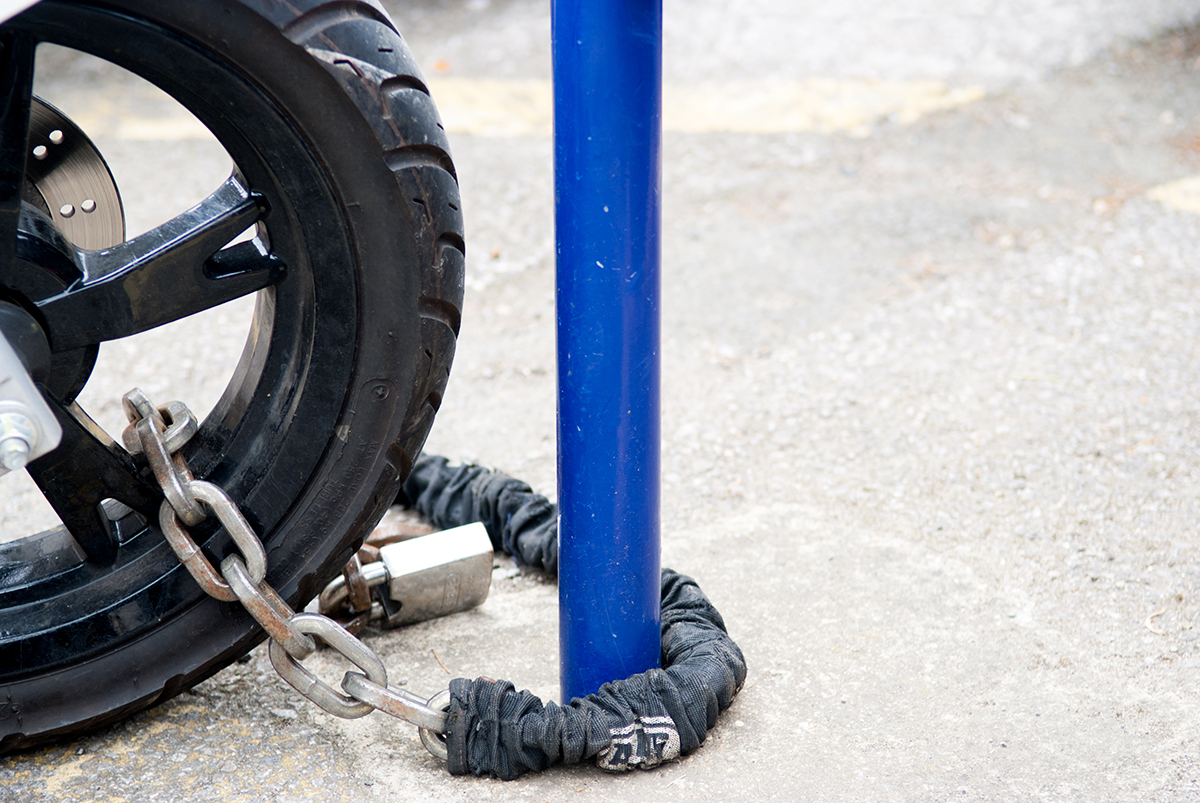You’ve put out the flames, but now there’s fire extinguisher residue everywhere. Here’s how to get rid of it
Once the smoke clears and you have a chance to catch your breath, you’ll be left with fire extinguisher residue to clean up.
But you’ll have to act fast, because depending on the type of fire extinguisher you have, the residue may corrode kitchen surfaces like stoves and other metal appliances.
Below, we’ve divided the instructions for each type of extinguisher into separate sections, so you can easily find the type you have and get right to work.
How to Clean Dry Chemical Fire Extinguisher Residue
Dry chemical fire extinguishers are the most common, often containing a powder made up of either sodium bicarbonate, potassium bicarbonate, or monoammonium phosphate.
While these chemicals are non-toxic, they can irritate your eyes and skin if you come into contact with them. So, when cleaning them up, it’s best to:
- Wear a mask, safety goggles, and protective gloves.
- Turn off the air conditioning and any fans in the area to avoid kicking the residue back up into the air.
- Work quickly, as they can corrode metal surfaces.
To clean monoammonium phosphate residue:
- Avoid using a vacuum so as not to kick it up into the air.
- For floor residue, you can mop or use a broom with a dust control solution.
- For surfaces that can’t get wet, wipe away with a clean, dry cloth.
- For surfaces that can get wet, neutralize it using a 1:1 mixture of hot water and baking soda. Simply apply the solution to the affected surface, let it set for several minutes, and then clean it off with a damp cloth.
- For stubborn or hardened spots, apply a mixture of equal parts warm water and isopropyl alcohol to the area for several minutes, and then wipe it away with a damp cloth.
- For dishes and clothes, simply clean them as you normally would using the dishwasher and washing machine, respectively.
To clean sodium bicarbonate and potassium bicarbonate residue:
- You can use a vacuum for residue on your floors, but make sure it has a high-efficiency particulate air, or HEPA, filter.
- For surfaces that can’t get wet, wipe away with a clean, dry cloth.
- For stubborn spots or surfaces that can get wet, neutralize it using a solution of water slightly diluted with vinegar (about 4 parts water, 1 part vinegar). Apply the solution to the affected surface, let it set for several minutes, and then wipe it away with a damp cloth.
- For dishes and clothes, simply clean them as you normally would using the dishwasher and washing machine, respectively.
How to Clean Wet Chemical Fire Extinguisher Residue
These fire extinguishers are great for putting out oil and grease fires in the kitchen. That’s why they’re commonly found in restaurants.
To clean wet chemical fire extinguisher residue:
- Wear a mask and protective gloves, and ensure the area is ventilated.
- Turn off all gas and power for any appliances that came into contact with the residue.
- You can vacuum, shop vac, or use towels or other absorbent items to soak up large amounts of foam. Dispose of any residue or materials used to soak it up as hazardous waste, as the chemicals can cause damage to the environment if disposed of as normal waste.
- The rest can easily be cleaned up using a cloth or sponge dipped in hot, soapy water.
- Once you’ve cleaned off all affected surfaces, rinse them with water and give any kitchen equipment time to completely dry before turning the power or gas back on and attempting to cook.
- For dishes and clothes, simply clean them as you normally would using the dishwasher and washing machine, respectively.
How to Clean Halotron Chemical Fire Extinguisher Residue
If you have an old fire extinguisher, it may be a Halotron model, which uses a colorless, odorless gas called Halon to put out fires.
To clean up after using a halotron fire extinguisher:
- You won’t see any lingering residue, but you should still clean any areas that you sprayed to neutralize them. To do so, dilute some degreaser and apply it to the affected surfaces using a sponge or spray bottle.
- Use a pH-neutral cleaner to wipe down the affected surfaces.
- Finally, wipe off whatever cleaning solution is left and let the surfaces dry.
How to Clean Up Clean Agent Fire Extinguisher Residue
If you have a clean-agent fire extinguisher, you’re in luck! These models use gasses like carbon dioxide, nitrogen, and argon to put out fires, which evaporate into the air and leave no mess behind.
So, you can give the affected surfaces a quick wipe down, leave your heavy-duty cleaning supplies in the closet, and skip to the part where you focus on the damage and repairs.
Setting Up Your Fire Extinguisher for Reuse
Even if you only used it for a few seconds, it’s recommended to recharge your fire extinguisher after every use. This is because even a minor discharge can release a lot of pressure from the canister, leaving it without enough pressure to put out another fire effectively.
You should always have a professional recharge your fire extinguisher, and if you’re unsure how to find one, your local fire department can point you in the right direction.





